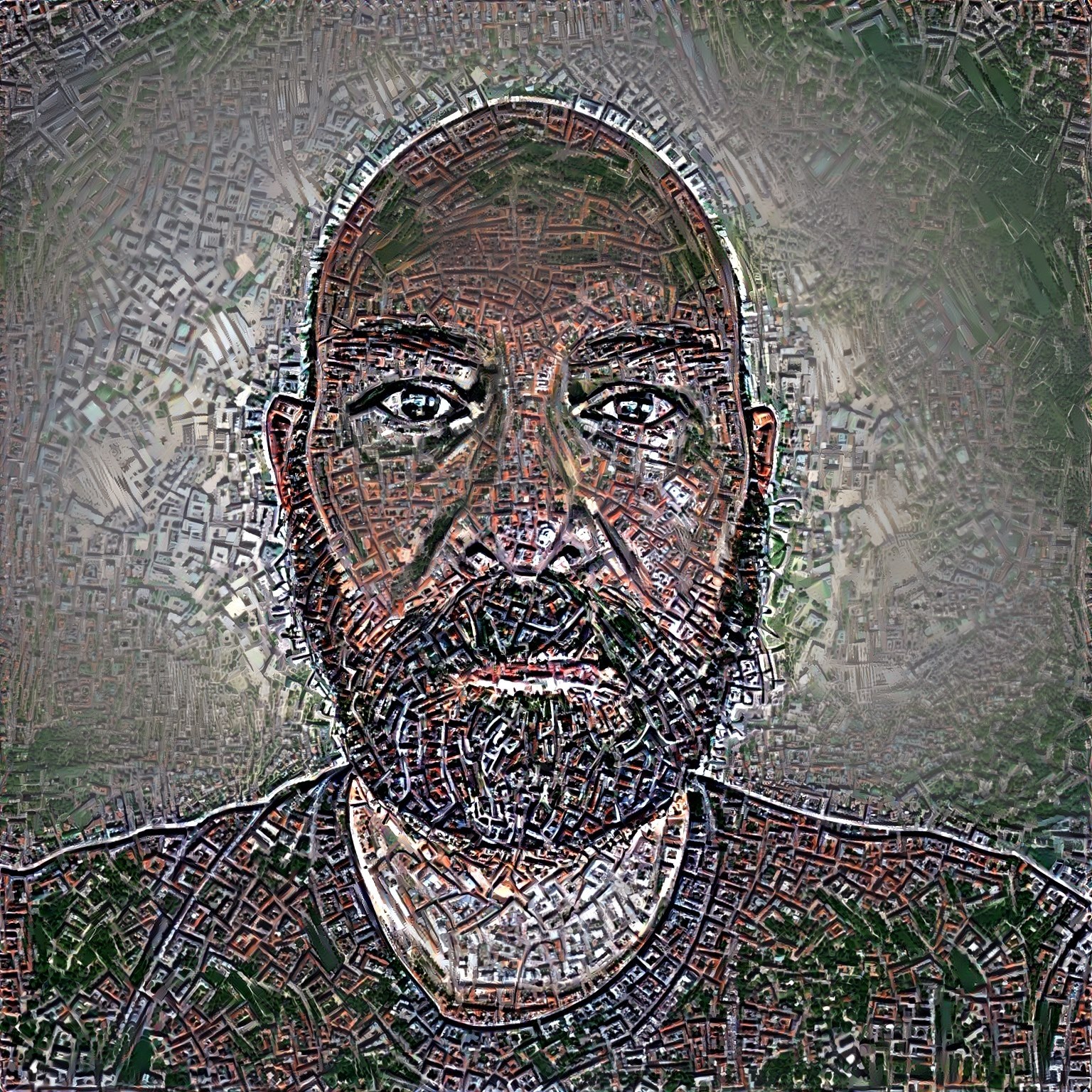Artificial Intelligence | Physical Workshop | English | Asia-Pacific
Description:
‘The limits of my language mean the limits of my world.’ The famous quote by Ludwig Wittgenstein has gained an entire new meaning in the emerging context of natural language text-to-image applications and large language models (LLM’s) driven by artificial intelligence algorithms. Applications such as Midjourney, Disco Diffusion, ChatGPT and Stable Diffusion are spreading like wildfire in the architecture community. Two specific results can be observed in the Cambrian explosion of a novel design tool. On the one side, the generation of thousands of astonishing images in a very short period of time, on the other the emergence of a critical interrogation of architecture theory in the face of a posthuman design method.
The workshop takes on the challenge of exploring this new design method, using diffusion models as a starting point. The premise for the project is the design of a series of interconnected pixel images elaborating aspects of elevation, plan, perspective, and atmosphere of a house – components of a mood board. The ability of diffusion models to take advantage of cultural, aesthetic, practical, technical, and even political resources is used to co-imagine an architectural solution. The focus of the discursive component of the workshop is on the immense contribution of the method to the architecture discipline in terms of its transformative power in practice and theory. Questions such as the ontology of the architecture emerging from diffusion models: “Can a neural network based on existing datasets create something genuinely new?”. The epistemology deduced from the results are part of the conversation, including the ethical implications of the method. Aspects of authorship, agency, and sensibility in this new context of design are explored in particular towards its inherent abilities to tap into the estrangement and defamiliarization of architectural objects. Students will learn how to use diffusion models, how to strategize methods to convert the resulting images into 3D models, how to perform a critical forensic examination of the results, and how to formulate a theory around their designs.
Key Words:
Artificial Intelligence,AI to 3D,,Diffusion Models,AI Theory
Required Skills:
No Specific Skills required.
Required Software:
zBrush, subscription to one or more of these services: Midjourney, Dall-E, Google Colab (Stable Diffusion), Runway ML, Lumion (or equivalent rendering engine)
Required Hardware:
Laptop with min 8 gig RAM and SSD drive
Maximum number of participating students:
15
The workshop takes on the challenge of exploring this new design method, using diffusion models as a starting point. The premise for the project is the design of a series of interconnected pixel images elaborating aspects of elevation, plan, perspective, and atmosphere of a house – components of a mood board. The ability of diffusion models to take advantage of cultural, aesthetic, practical, technical, and even political resources is used to co-imagine an architectural solution. The focus of the discursive component of the workshop is on the immense contribution of the method to the architecture discipline in terms of its transformative power in practice and theory. Questions such as the ontology of the architecture emerging from diffusion models: “Can a neural network based on existing datasets create something genuinely new?”. The epistemology deduced from the results are part of the conversation, including the ethical implications of the method. Aspects of authorship, agency, and sensibility in this new context of design are explored in particular towards its inherent abilities to tap into the estrangement and defamiliarization of architectural objects. Students will learn how to use diffusion models, how to strategize methods to convert the resulting images into 3D models, how to perform a critical forensic examination of the results, and how to formulate a theory around their designs.
Schedule:
Jun 30 - Jul 6
-
Day 1 / Jun 30
-
Day 2 / Jul 1
-
Day 3 / Jul 2
-
Day 4 / Jul 3
-
Day 5 / Jul 4
-
Day 6 / Jul 5
-
Day 7 / Jul 6
Instructors:
-
 Matias del Campo Taubman College of Architecture and Urban Planning, University of Michigan,Associate Professor, Director AR2ILDr. Matias del Campo is an architect, author, and educator. He is an Associate Professor at the Taubman College of Architecture and Urban Planning, University of Michigan, and the Architecture and Artificial Intelligence Laboratory (AR2IL) director at UoM. His research, conducted in collaboration with the Computer Science Department, Michigan Robotics, and MIDAS, explores advanced design methodologies in architecture using Artificial Intelligence. Alongside Sandra Manninger, del Campo co-founded the award-winning architecture practice SPAN, renowned for designs rooted in advanced geometry, computational methodologies, and philosophical inquiry. Dr. del Campo’s publications include “Diffusions in Architecture,” published by Wiley, and “Neural Architecture – Design and Artificial Intelligence” (ORO Editions). He earned a Master of Architecture from the University of Applied Arts Vienna and a Ph.D. from the Royal Melbourne Institute of Technology.
Matias del Campo Taubman College of Architecture and Urban Planning, University of Michigan,Associate Professor, Director AR2ILDr. Matias del Campo is an architect, author, and educator. He is an Associate Professor at the Taubman College of Architecture and Urban Planning, University of Michigan, and the Architecture and Artificial Intelligence Laboratory (AR2IL) director at UoM. His research, conducted in collaboration with the Computer Science Department, Michigan Robotics, and MIDAS, explores advanced design methodologies in architecture using Artificial Intelligence. Alongside Sandra Manninger, del Campo co-founded the award-winning architecture practice SPAN, renowned for designs rooted in advanced geometry, computational methodologies, and philosophical inquiry. Dr. del Campo’s publications include “Diffusions in Architecture,” published by Wiley, and “Neural Architecture – Design and Artificial Intelligence” (ORO Editions). He earned a Master of Architecture from the University of Applied Arts Vienna and a Ph.D. from the Royal Melbourne Institute of Technology.